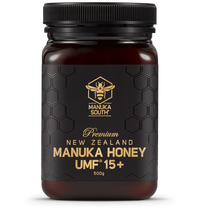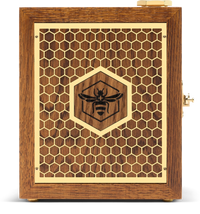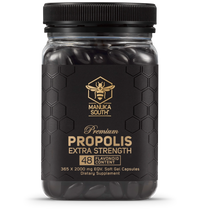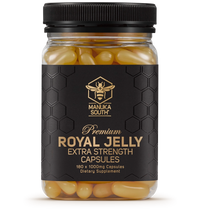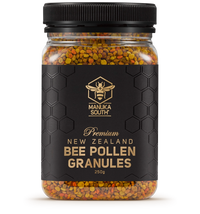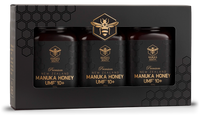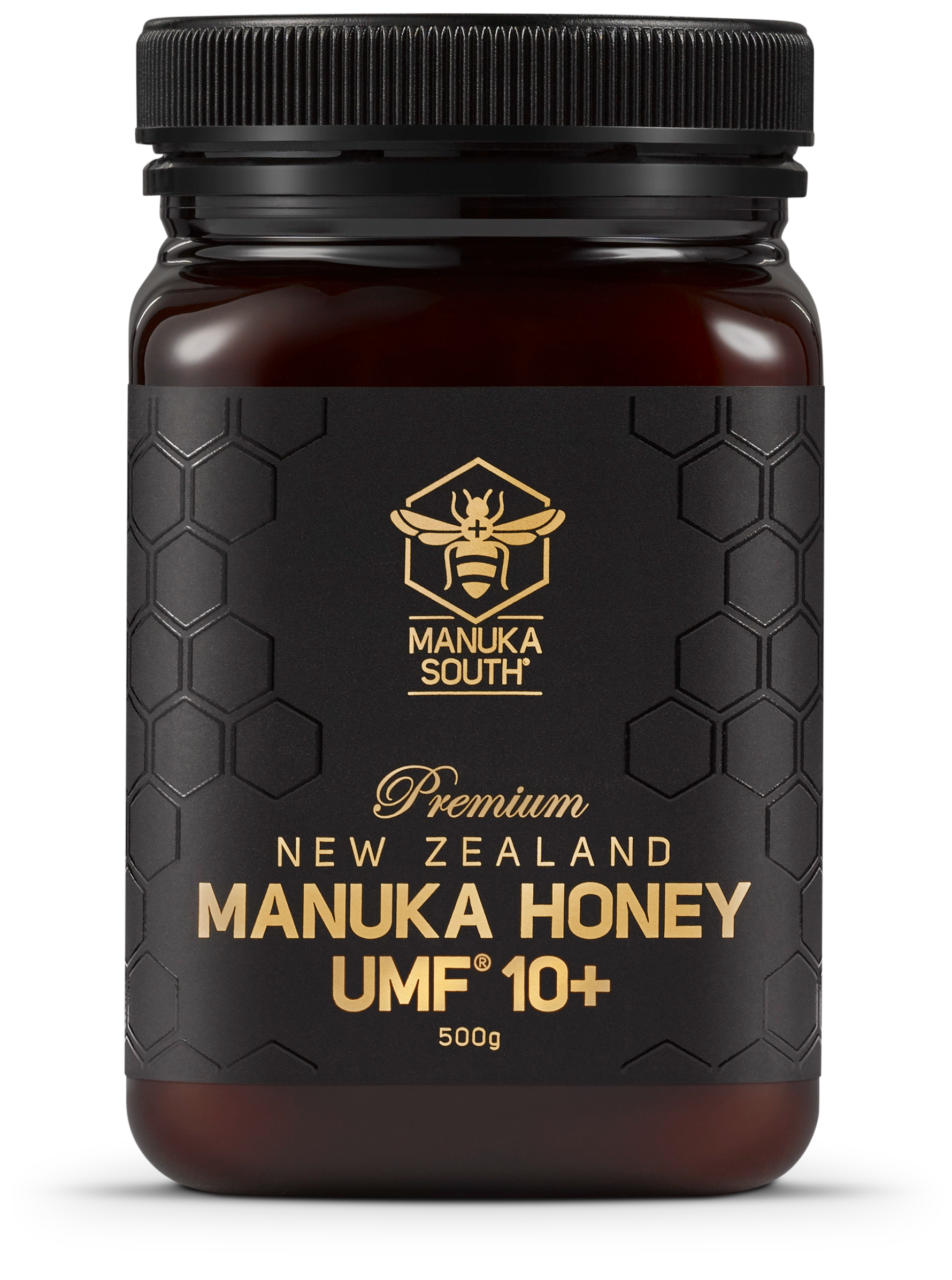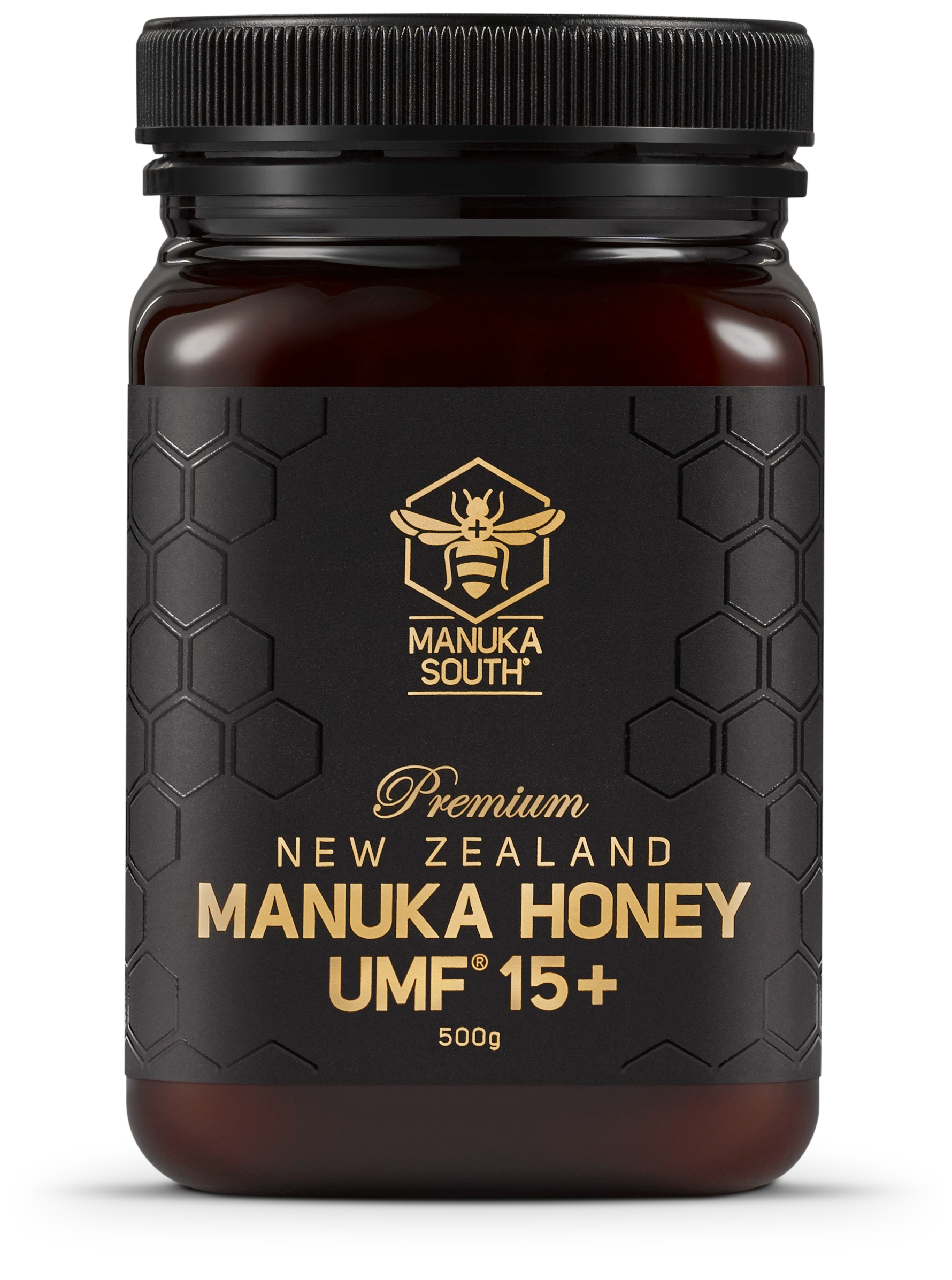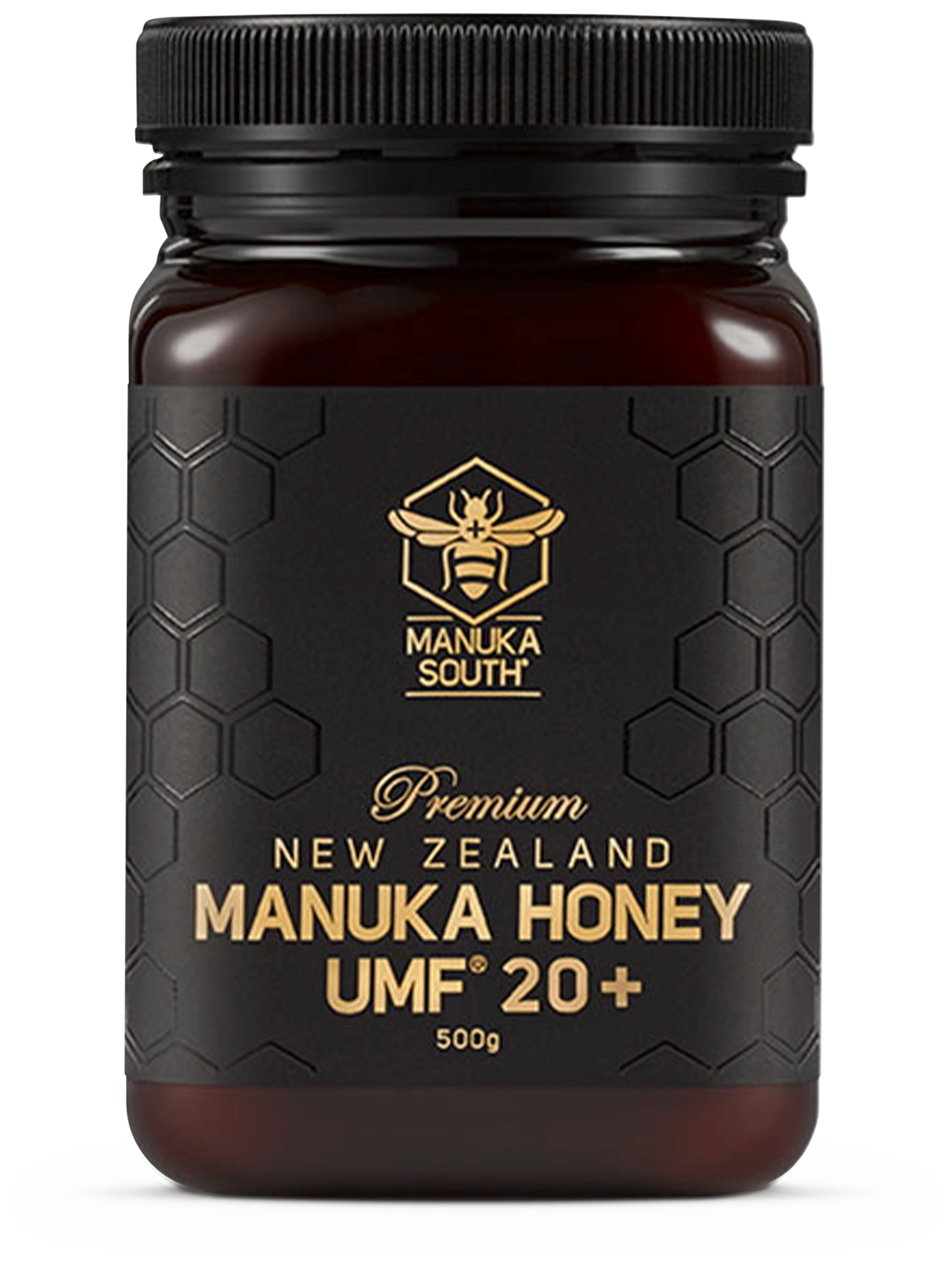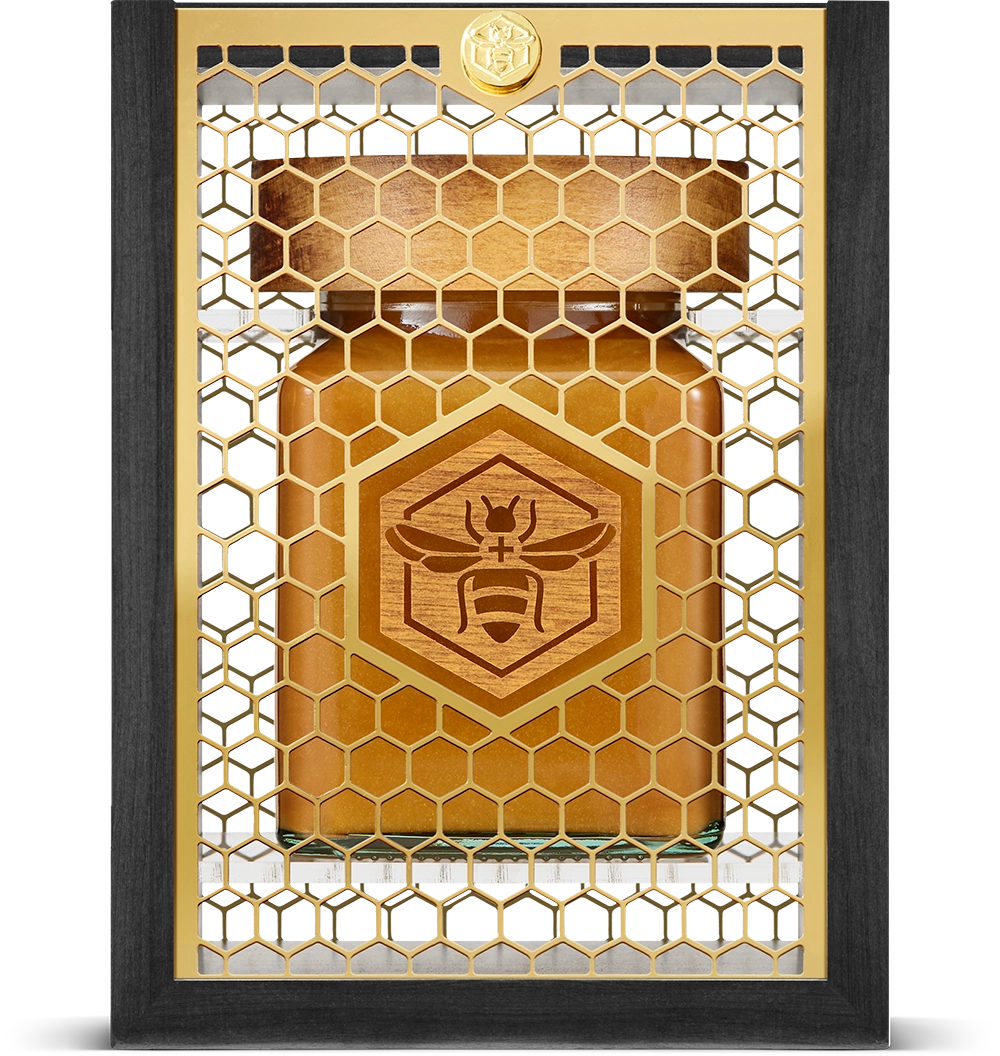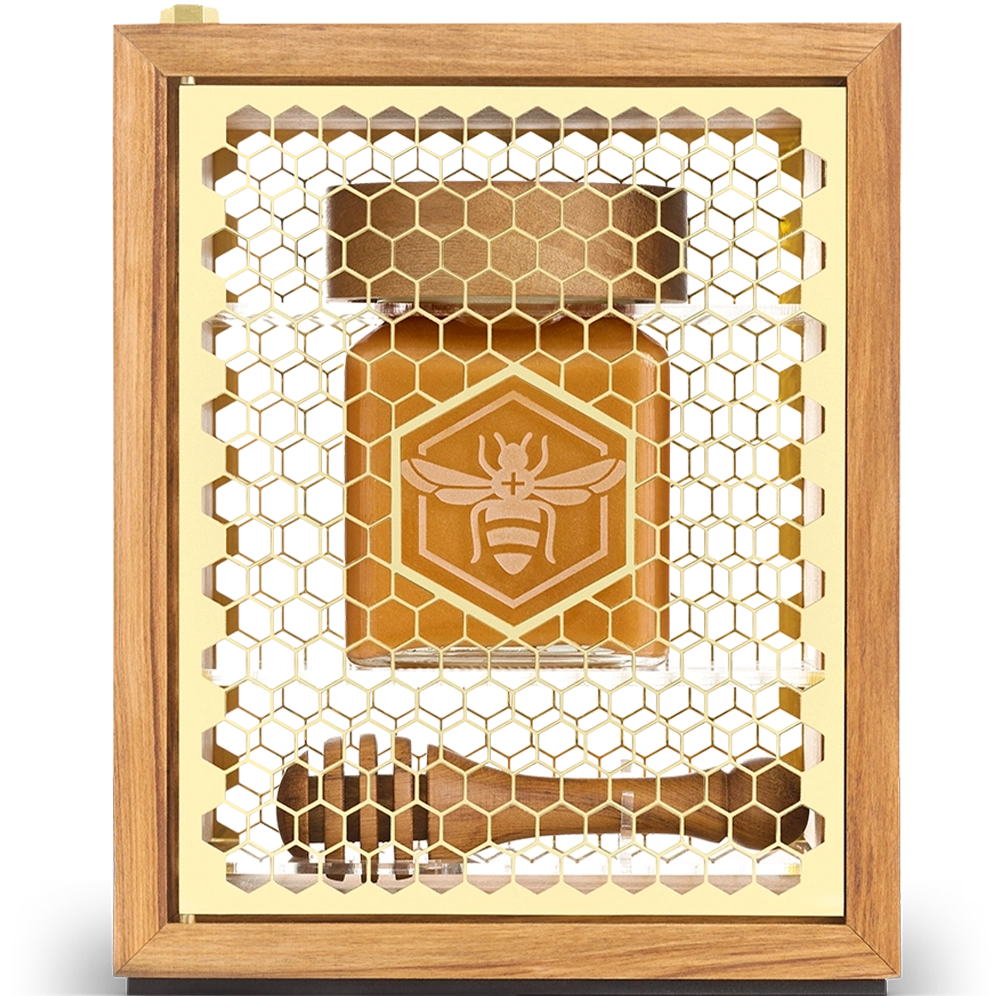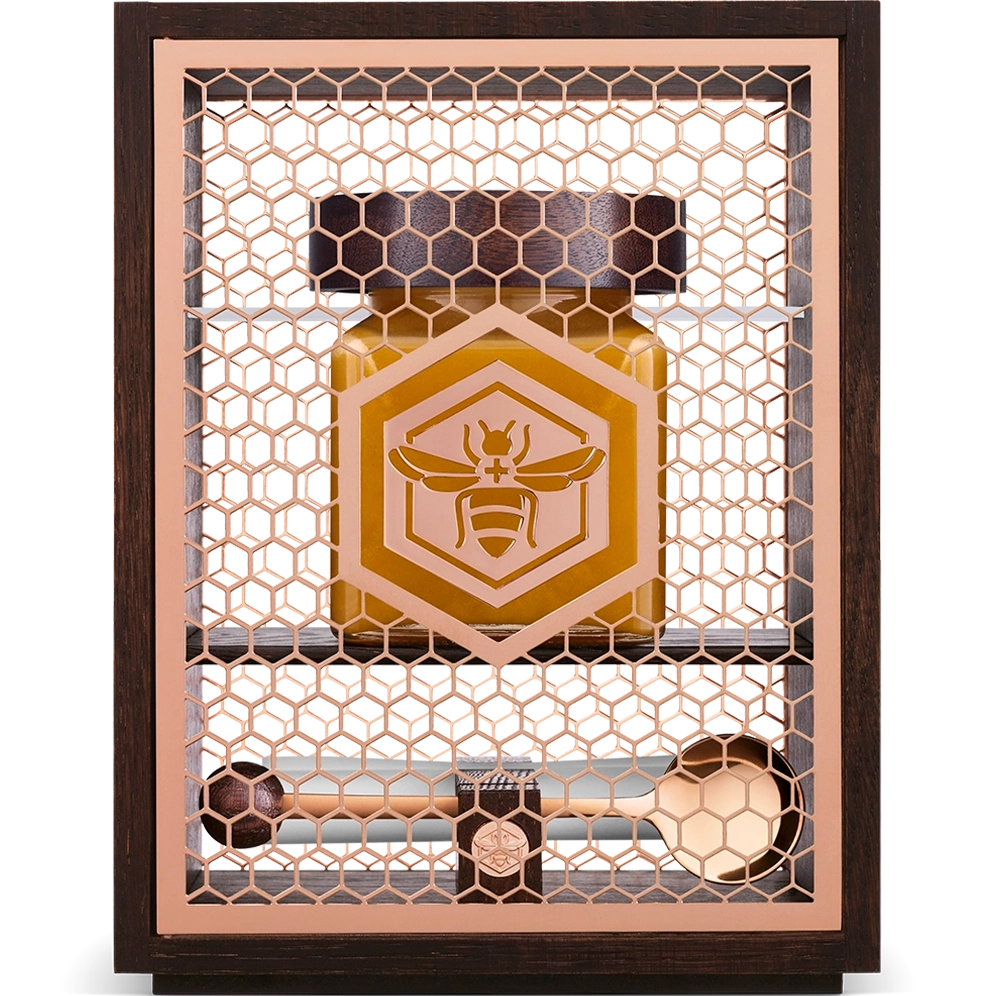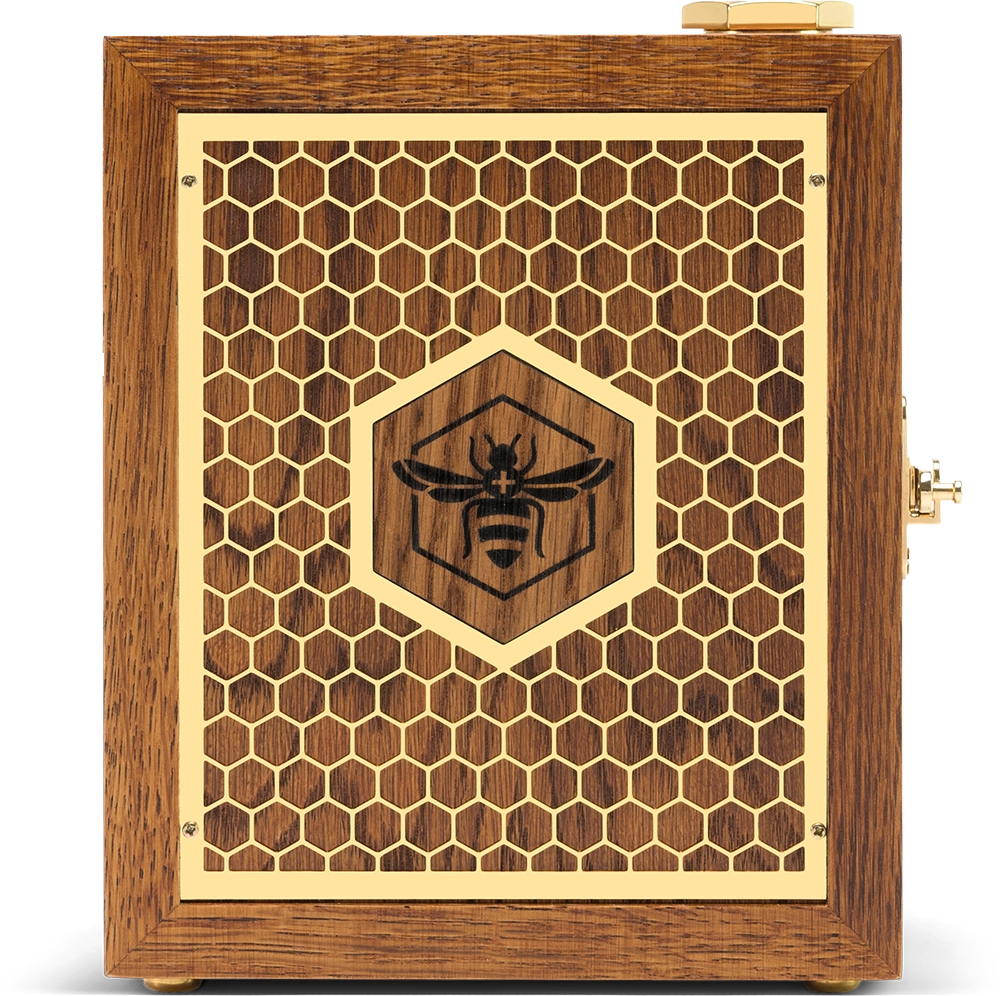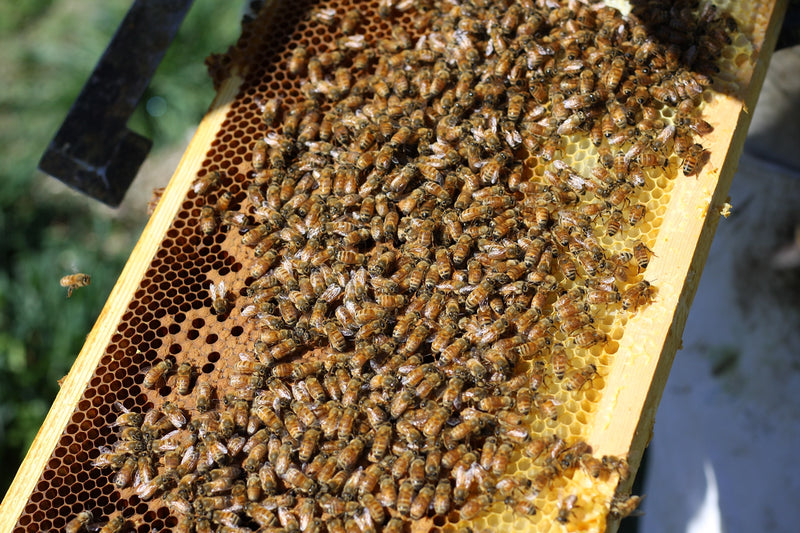

If you've ever dipped your spoon into a jar of Manuka Honey, you know it's not just any ordinary honey. This golden elixir, renowned for its unique flavour and health benefits, has captured the hearts of wellness enthusiasts and culinary aficionados alike. But have you ever paused to wonder where this extraordinary honey actually comes from?
Understanding the origin of Manuka Honey isn't just a matter of curiosity; it's crucial for appreciating its quality and authenticity.
In the next few minutes, you'll embark on a fascinating journey that takes you from the lush forests of New Zealand to the pristine landscapes of Australia, exploring the intricate processes and passionate debates that bring this remarkable honey from the hive to your home. So, let's dive right in and unravel the story behind one of the world's most treasured natural products.
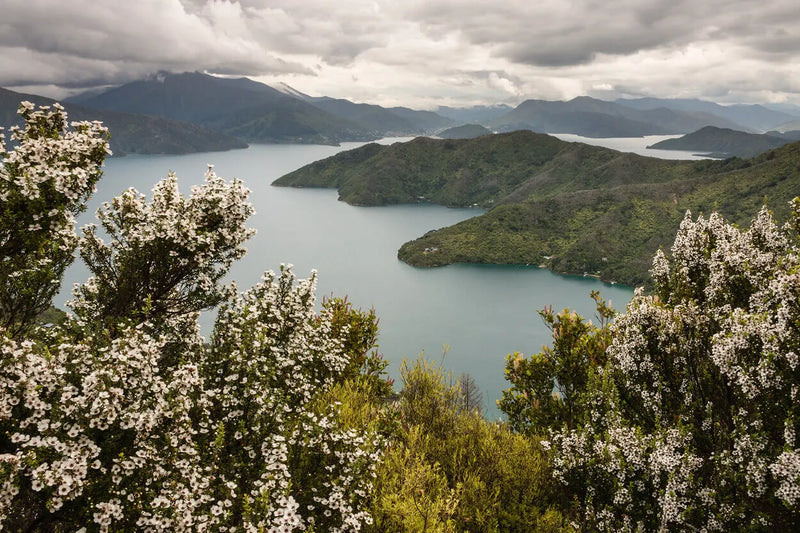

The Manuka Tree: The Source of Manuka Honey
What is the Manuka Tree?
The Manuka tree, scientifically known as Leptospermum scoparium, is a wonder of nature that serves as the primary source of Manuka Honey. Native to New Zealand, this tree has been a cornerstone in traditional medicine for centuries. Its leaves, bark, and, most importantly, its nectar, are rich in compounds that have made Mānuka Honey a household name in natural wellness.
New Zealand's Manuka Honey comes solely from the Leptospermum scoparium plant and has stringent quality measures like the UMF grading system. On the other hand, Australian Manuka Honey is sourced from other various Leptospermum species and uses only MGO levels for grading. While New Zealand has established scientific markers for Manuka Honey, Australia's standards are not as rigorous, leading to questions about purity and authenticity.
The Australian Jelly Bush: A Different Honey Altogether
While Manuka Honey has gained international fame for its unique medicinal properties, a similar honey from Australia, known as Jelly Bush, has also entered the market. However, at Manuka South, we believe it's crucial to distinguish between the two.
Different Plants, Different Qualities
Jelly Bush honey is produced by bees that forage on various species of the Leptospermum plant native to Australia. In contrast, New Zealand's Manuka Honey is exclusively sourced from the Leptospermum scoparium plant. These different species result in honeys with varying tastes, textures, and medicinal qualities.
The Rebranding of Jelly Bush
As Manuka Honey's international fame grew, there was a noticeable shift in the marketing of Jelly Bush honey. It slowly began to be rebranded as "Australian Manuka" in an attempt to capitalize on Manuka's global recognition. While the name may be similar, the honeys are distinct in their source, quality, and authenticity.
Grading Systems: A Matter of Authenticity
Australia often uses the MGO (Methylglyoxal) grading system to measure the potency of their Jelly Bush honey. While MGO is an important compound, relying solely on it can open the door to an increase in misleading claims and counterfeit products. In New Zealand, we use the UMF (Unique Manuka Factor) grading system, which measures multiple compounds, ensuring a more comprehensive and reliable assessment of the honey's quality, purity, and authenticity.
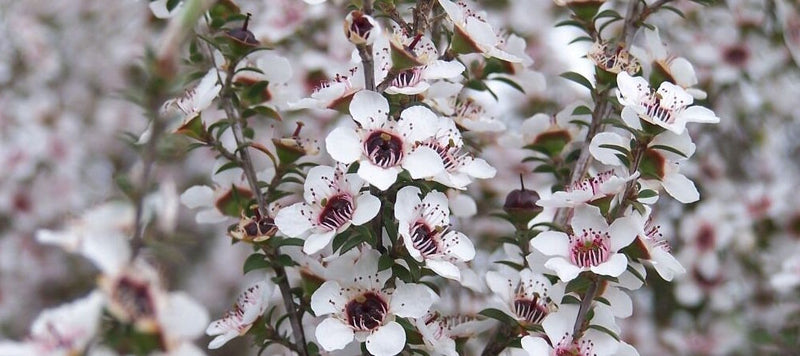

Historical Context
The Māori Legend and Manuka Honey
Long before Manuka Honey became a global sensation, it held a special place in the hearts of the Māori people of New Zealand. According to Māori legend, the Manuka tree was a gift from their ancestors, a treasure bestowed upon them to provide both sustenance and healing. The Māori have long utilized the Mānuka tree and its honey for various medicinal purposes, including wound healing, digestive issues, and even as a topical treatment for skin conditions.
The Māori people have a deep spiritual connection with the land, and the Manuka tree is considered a taonga, or treasure, in their culture. It's not just a plant but a symbol of their ancestral wisdom and a living testament to their harmonious relationship with nature. The honey produced from the Manuka tree was traditionally used in rongoā Māori, the traditional Māori system of medicine. It was often mixed with other native plants to create remedies for various ailments, showcasing the Māori's intricate knowledge of herbal medicine.
This traditional wisdom laid the foundation for what would later become a booming industry. The cultural significance of Manuka Honey in Māori tradition adds another layer of depth to its global appeal. It's not just a product; it's a legacy, a connection to an ancient culture that respected the land and its resources. As you enjoy the unique benefits of Manuka Honey, you're also partaking in a tradition that has stood the test of time, enriching your experience beyond just taste and health benefits.
The Global Commodity
Fast forward to today, and Manuka Honey has transcended its humble beginnings to become a global commodity, sought after for its unique properties and health benefits. Its rise to international fame can be attributed to a combination of scientific research, effective marketing, and consumer testimonials. Today, Manuka Honey is not just a staple in health food stores; it has found its way into luxury markets, skincare products, and even medical applications.
The demand for Manuka Honey has led to its commercialization on a grand scale. Large corporations, as well as small artisanal producers, are vying for a share of this lucrative market. This has also resulted in a surge of research aimed at understanding the honey's unique components, such as its high Methylglyoxal (MGO) levels, which are believed to contribute to its antibacterial properties.
However, its global popularity has also raised concerns about sustainability and ethical production. As demand outpaces supply, there's a growing emphasis on responsible harvesting to ensure the Manuka trees are not overexploited, and the bee populations are protected. This is crucial for maintaining the quality and authenticity that Manuka Honey is renowned for.
In essence, Manuka Honey has evolved from a traditional remedy to a global phenomenon, captivating consumers worldwide with its unique blend of taste, health benefits, and cultural significance. As it continues to gain global recognition, the focus remains on quality, sustainability, and honouring its rich heritage.
The journey of Manuka Honey from a traditional remedy to a global commodity is nothing short of remarkable. It's not just a product; it's a testament to the power of nature and the ingenuity of human enterprise. The honey has carved out a niche for itself in a market saturated with alternatives, standing out for its authenticity and effectiveness.
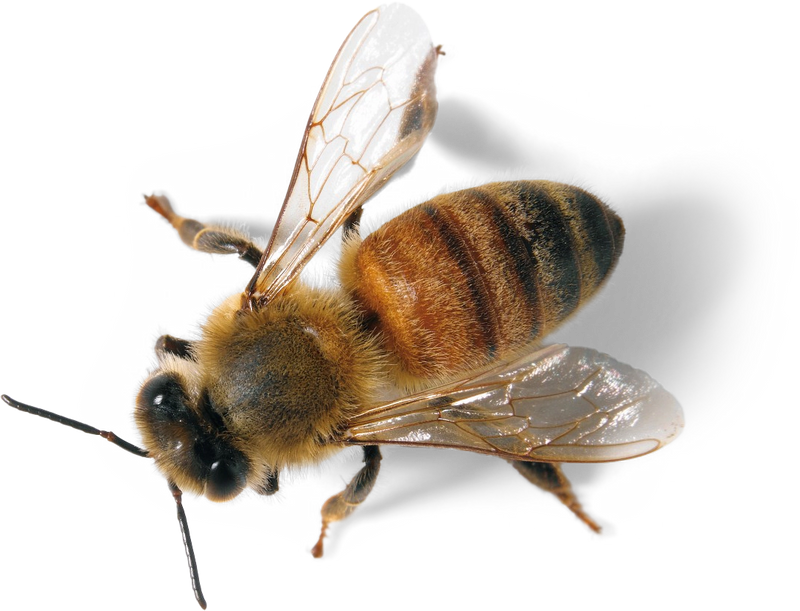
The Production Process
The Role of European Honey Bees
Manuka Honey owes its existence to the tireless work of European honey bees. These bees collect nectar from the Manuka tree's flowers and bring it back to their hives. There, they add enzymes to the nectar, transforming it into the Mānuka Honey we know and love.
The Flowering Season
Timing is everything when it comes to Manuka Honey. The Manuka tree flowers for just a few weeks each year, usually between November and January. Beekeepers eagerly await this brief window, as it's the only time they can harvest Manuka Honey with its unique properties.
Harvesting and Extraction
Once the flowering season is in full swing, beekeepers place their hives in strategic locations near Manuka trees. After the bees have done their part, the honeycombs are carefully harvested and the honey is extracted using specialized equipment. This ensures that the honey retains its beneficial properties.
Quality Control
Quality control is a critical step in the production process. Each batch of Manuka Honey undergoes rigorous testing to ensure it meets the highest standards. This includes measuring its UMF (Unique Manuka Factor) rating, which indicates the honey's antibacterial potency.
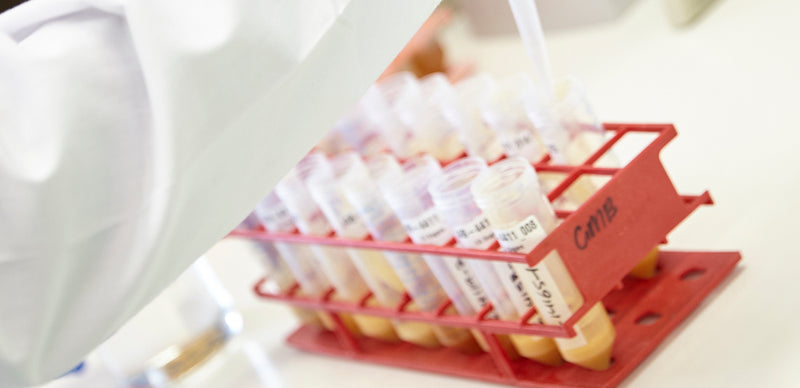

Quality and Authenticity Measures
When it comes to Manuka Honey, the UMF (Unique Manuka Factor) rating is often the first thing people look for. This grading system measures the levels of multiple compounds in the honey including Methylglyoxal (MGO), which is responsible for the honey's antibacterial properties. However, many honey producers only focus on measuring MGO values, especially in Australia. Both systems aim to provide consumers with a reliable way to gauge the honey's quality.
In New Zealand, the Mānuka Honey Science Definition test is another layer of quality assurance. This test examines four naturally occurring chemicals and a DNA marker from the Mānuka pollen to confirm the honey's authenticity.
Read More:
Australia has its own set of standards for Manuka Honey, known as the Mark of Authenticity. This certification ensures that the honey meets specific criteria, including its origin and chemical composition, providing an additional layer of trust for consumers.
Read More:
In a market flooded with counterfeit and low-quality products, understanding these quality measures is not just beneficial—it's essential. Knowing what to look for can help you make an informed decision, ensuring that you're getting the best Manuka Honey for your needs.
At Manuka South, we're not just offering you a jar of honey; we're sharing a piece of New Zealand's natural heritage. Our Manuka Honey is a testament to the perfect harmony of nature's brilliance and human craftsmanship. Sourced exclusively from the Manuka trees native to New Zealand, our honey is UMF-certified to ensure it meets the highest standards of purity and authenticity. When you choose Manuka South, you're choosing a brand that stands for trust, quality and the unparalleled benefits of certified Mānuka Honey. So, as you savour each spoonful, know that you're enjoying one of nature's finest gifts, nurtured by our dedication to bringing you only the best.


